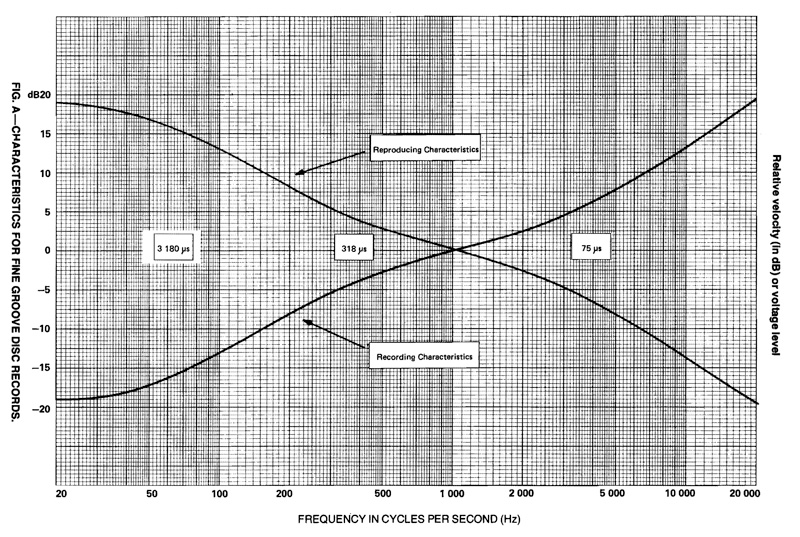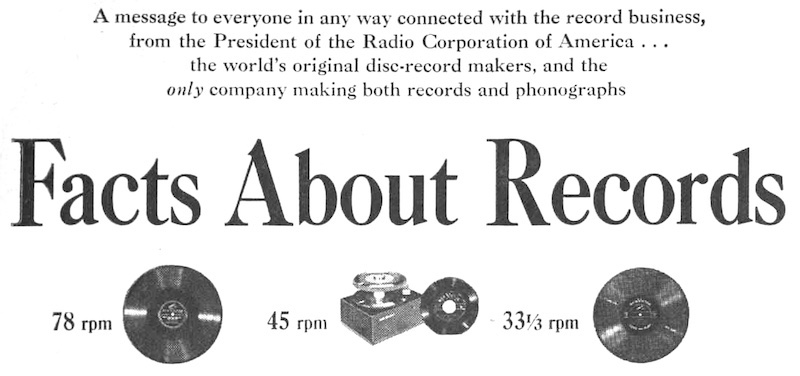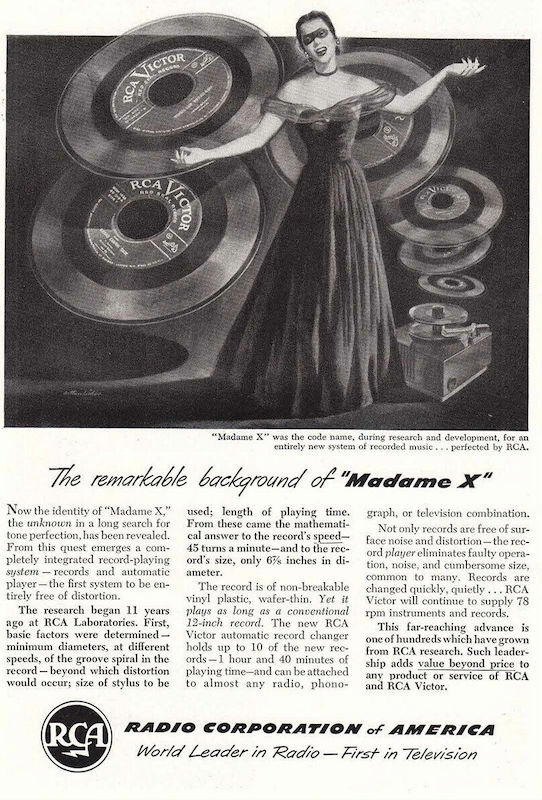Things I learned on Phono EQ curves, Pt. 18
EQカーブの歴史、ディスク録音の歴史を学ぶ本シリーズ。前回 Pt.17 では、1948年〜1953年(つまり1954年のRIAA規格策定前)の、米国における民生用レコードのEQカーブの状況を調査し学びました。
On the previous part 17, I learned the situation of the consumer records in the U.S. since 1948 until 1953 (i.e. before the RIAA Standard was formulated in 1954), especially the disc EQ curves used for those records manufactured in the U.S.
また、ハイファイブーム勃興期の当時に販売されていたアンプの、マグネットカートリッジ用のフォノイコについても調査しました。
At the same time, I did a brief research of phono EQ units (for magnetic cartridges) in the amplifiers that were sold in the era, when the rise of “Hi-Fi” movement became obvious.
今回の Pt.18 では、ついに、1953年NARTB規格、1954年改訂AES再生カーブ、1954年RIAA規格の成立のストーリーに入ります。
This Pt. 18 — finally — will deal with the stories of the formulation of the following standards: 1953 NARTB Recording and Reproducing Standards; 1954 new AES Playback Curve; 1954 RIAA Standard Recording and Reproducing Characteristic.

source: “RIAA Dimensional Standards: Bulletin No. E 1: Standard Recording and Reproducing Characteristics”
1954年1月29日に策定された、RIAA標準録音再生規格文書(の1978年11月6日改訂版)に掲載された、RIAA録音再生カーブのグラフ
RIAA Recording / Reproducing Curves, from the version revised on Nov. 6, 1978.


